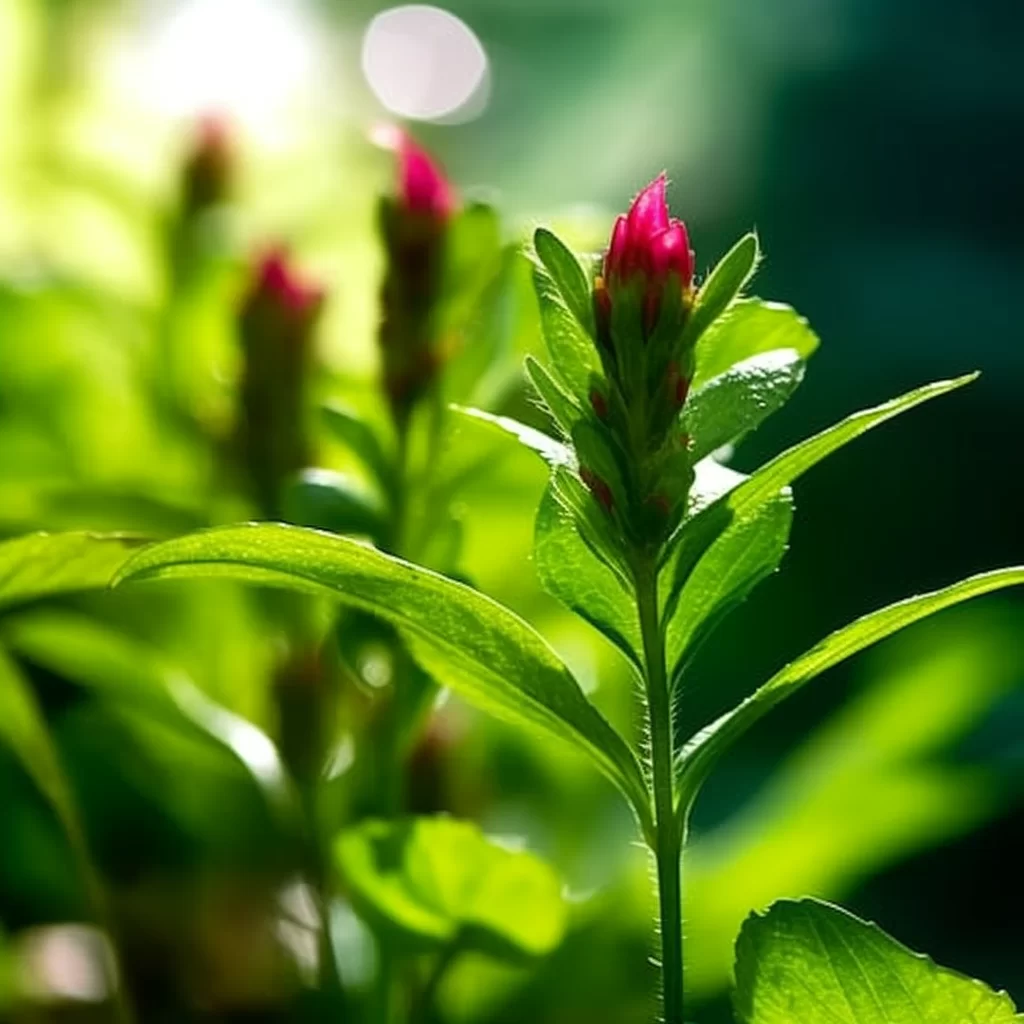Story of Day :
Contents
The Balsam Plant: A Complete Guide and Care Tips
Are you looking for a colorful and low-maintenance plant for your garden? Look no further than the balsam plant! This versatile annual can thrive in a variety of growing conditions, from full sun to partial shade.
In this article, we’ll dive into everything you need to know about balsam plants, from their history to how to care for them.
History of Balsam Plants
Balsams are native to tropical regions in Asia and Africa, where they have been cultivated for centuries for their medicinal properties.
In traditional medicine, the sap was used as an antiseptic and wound-healing agent.
In the 18th century, European botanists brought balsams back with them from their travels and began cultivating them as ornamental plants.
Today, there are dozens of different varieties of balsams available in nurseries around the world.

Types of Balsam Plants
There are two main types of balsam plants: Impatiens balsamina (also known as garden balsam) and Impatiens walleriana (also known as busy Lizzie).
- Garden Balsa: Garden Balsa or ImpatiensBlsamina is a quite old fashioned but classic bedding plant that has been popular among gardeners since it was introduced in Europe by Dutch traders during 16th century.
It’s an eye-catching tall growing annual which usually grows up 15-60 cm tall depending on cultivar type.
- Busy Lizzie: Busy Lizzy is one another famous type known by its botanical name “Impatiens Wallerina”.
Unlike garden balsa, it’s more common and widely cultivated for its compact and bushy growth habit.
Busy Lizzy usually grows up to 30 cm tall with small round leaves.
Benefits of Balsam Plants

Balsam plants are prized for their bright, showy flowers that come in a range of colors, including pink, red, purple, white and yellow.
They can bloom from late spring until fall if cared properly.
They are also low-maintenance plants that don’t require much attention once established.
In addition to their ornamental value, balsams have been used for centuries in traditional medicine to treat a variety of ailments.
The sap contains compounds that have antiseptic and anti-inflammatory properties which make them ideal as home remedy solution for treating minor cuts or burns.
How to Care for Balsam Plants
Now that we know the history and benefits of balsam plants let’s dive into how you can care best care for this lovely plant:
- Sunlight:Balsams prefer partial shade but can tolerate full sun or total shade.
- Watering:Balsams need regular watering but be careful not to overwater them as they are prone to root rot during rainy season if waterlogging happens.
- Fertilizer:You should fertilize your balsams every two weeks during the growing season with water-soluble fertilizer such as Miracle-Gro-LiquaFeed All Purpose Plant Food.
- Pest Control: Balmsm plants are not free from pests so always check your plant daily under the leaves especially on bottom part which is more susceptible area for aphids, mealybugs and spider mites.
- Propagation:You can propagate balsams by collecting the seeds from mature plants and planting them in peat pots in early spring.

The Bottom Line
Balsam plants are a beautiful addition to any garden or balcony.
They are relatively easy to care for, with bright showy flowers that bloom over a long season if we take good care of them.
Whether you’re looking for a low-maintenance annual plant or want to try your hand at traditional medicine, balsams are definitely worth considering!